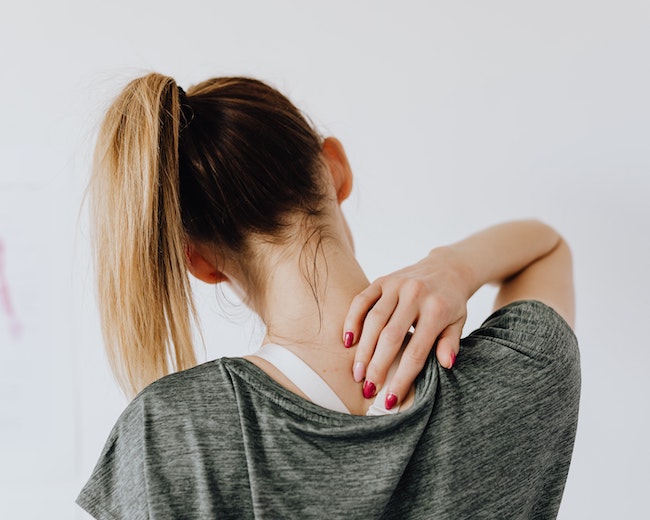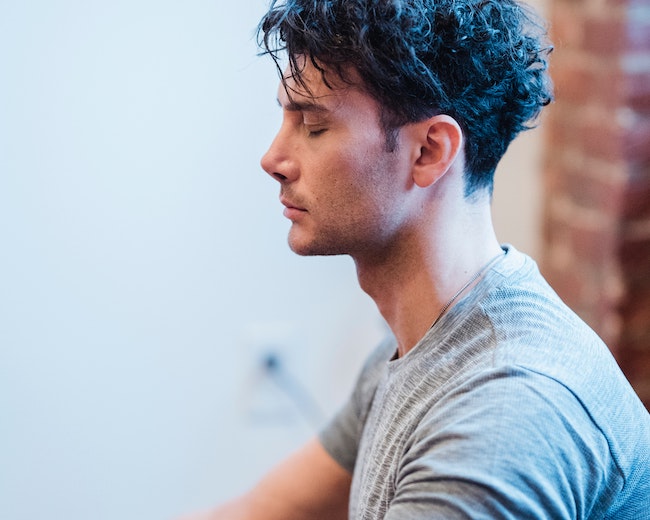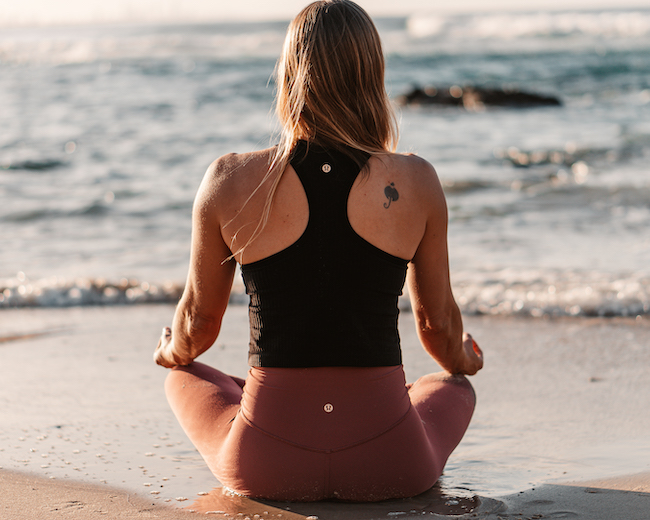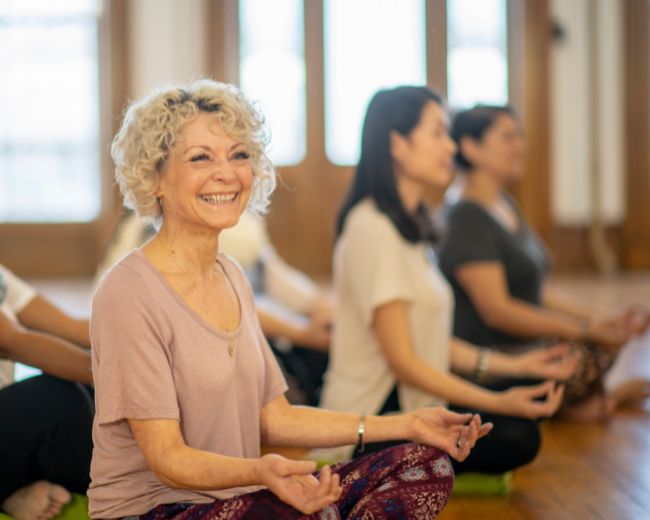Back-bending postures can trigger strong emotions – for some people, the experience of lifting into a full wheel is one of pure, unadulterated freedom and joy. For others, the act of exposing the heart and vital organs brings on a sense of vulnerability. Whichever camp you fall into, these tips will support you to move into back-bending postures with greater confidence and comfort.

Preparation for Yoga Backbends
Of all the categories of yoga asanas, back bends tend to require the most preparation. Even the bendiest, stretchiest people I know don’t roll out of bed in the morning and pop straight up into Urdhva dhanurasana (Upward facing bow/Wheel pose).
As part of your backbend preparation, ensure you:
- Build some heat. You can flow through sun salutations, or challenge yourself through some long-held standing postures, as you prefer.
- Mobilise your spine. Include flexion and extension (for example, with Cat Cow pose), rotation (twisting postures) and lateral flexion (side bending). As you do so, really tune in. Feel for the tight spots and the loose spots, the weak spots and the strong spots.
- Warm up your whole front body, paying particular attention to your quads, and hip flexors. (Check out my favourite quad stretch).
- Connect with your deep core muscles and pelvic floor.
- Prepare your shoulders. Are you planning to move into deep backbends in which the shoulders are in flexion (ie. arms overhead), such as Urdhva dhanurasana (Wheel) or Viparita dandasana (Forearm wheel)? Then prepare your shoulders for this range of motion, with postures such as Dolphin and Anahatasana (Heart melting/Puppy dog pose).Or are you planning to move into postures with the shoulders in extension (ie. behind the body) such as Ustrasana (Camel pose)? In this case, focus more on opening your shoulders in this direction, with postures such as Purvottanasana (Reverse plank).
- Practice some gentle backbends such as Bhujangasana (Cobra pose) and Salabhasana (Locust pose) before you move into deeper backbends such as Ustrasana (Camel) and Urdhva dhanurasana (Wheel).
I prefer to practice posture relying purely on traction (ie. using on the strength of the back body such as Salabhasana) before postures that involve leveraging (using the arms and legs to move deeper, such as Dhanurasana and Urdhva Dhanurasana).
Moving into Backbends
As is the case of all yoga postures, establishing a stable foundation and transitioning with care is key.
- Set your foundations: Anchor down through your hands, feet and/or pubic bone, depending on the pose.
- Create a subtle internal rotation to your thighs in order to create space around your sacro-iliac joint.
- Lightly activate your deeper belly muscles and pelvic floor: draw the hip points towards each other, gently lift the lower belly in and up, and lengthen the tailbone towards the knees.
- Use your glutes (butt muscles) but don’t clench them. The glutes are one of the primary muscles involved in hip extension, so it makes perfect sense to activate them during backbends. They can also provide stabilisation for the lower back.But they are also responsible for external rotation of the thighs, which will compress the SIJ. So find that happy medium, where they’re firm but not gripping like mad.
- Be mindful of sinking into the areas of your spine that have more mobility and are more susceptible to injury: the lower back and neck. Hold strong around these areas to provide support.
- When practicing a sequence of back bends, avoid moving into spinal flexion in between. Instead, take neutral postures in between and save the counter-posing for after you’ve finished your back bends. Neutral postures could include lying in teepee legs, gentle twists, or Adho mukha svanasana (Downward dog).

Following Back Bends
- After you’ve completed a series of backbends, take a few moments to neutralise before counterposing, by lying still or taking a gentle twist.
- Counterpose with gentle spinal flexion: for example, hugging the knees, Child’s pose, or a seated forward bend.
Happy back bending!






Leave A Comment